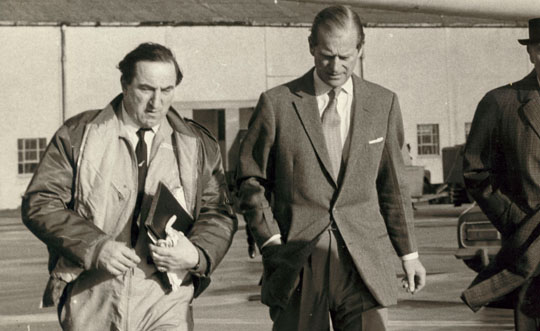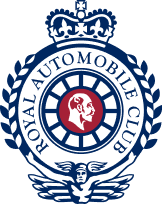Brian Trubshaw CBE MVO
Awarded the Segrave Trophy in 1970 for his work in developing and successfully piloting the prototype Concorde supersonic airliner, including her first supersonic flight over land.
Photo courtesy of the National Aerospace Library/Mary Evans Picture Library

Brian Trubshaw’s maiden British flight at Concorde’s controls was a short one – from Filton in Bristol to RAF Fairford in Gloucestershire, on April 9 1969 – but he was the envy of every schoolboy, and when he stepped from the cockpit he was ebullient about the experience: “It was wizard – a cool, calm and collected operation.” Born in 1924, he trained as a pilot in the USA before joining the RAF, flying bombers and the King’s Flight which transported Royal Family members; Queen Elizabeth called him fondly “my Brian”. He was given permission to leave the service to become chief test pilot for Vickers-Armstrong in 1960, and worked on the development of the Valiant V-bomber (carrier of Britain’s first atomic bomb), the Vanguard, the VC-10, and the BAC-111, all of which he test-flew too. He died in 2001; his book on Concorde was published the day after the fatal Paris crash in July 2000 that ended the supersonic airliner’s flying days, but he defended it to his last as “the safest aircraft I have ever flown… a very precise aircraft to fly.”


